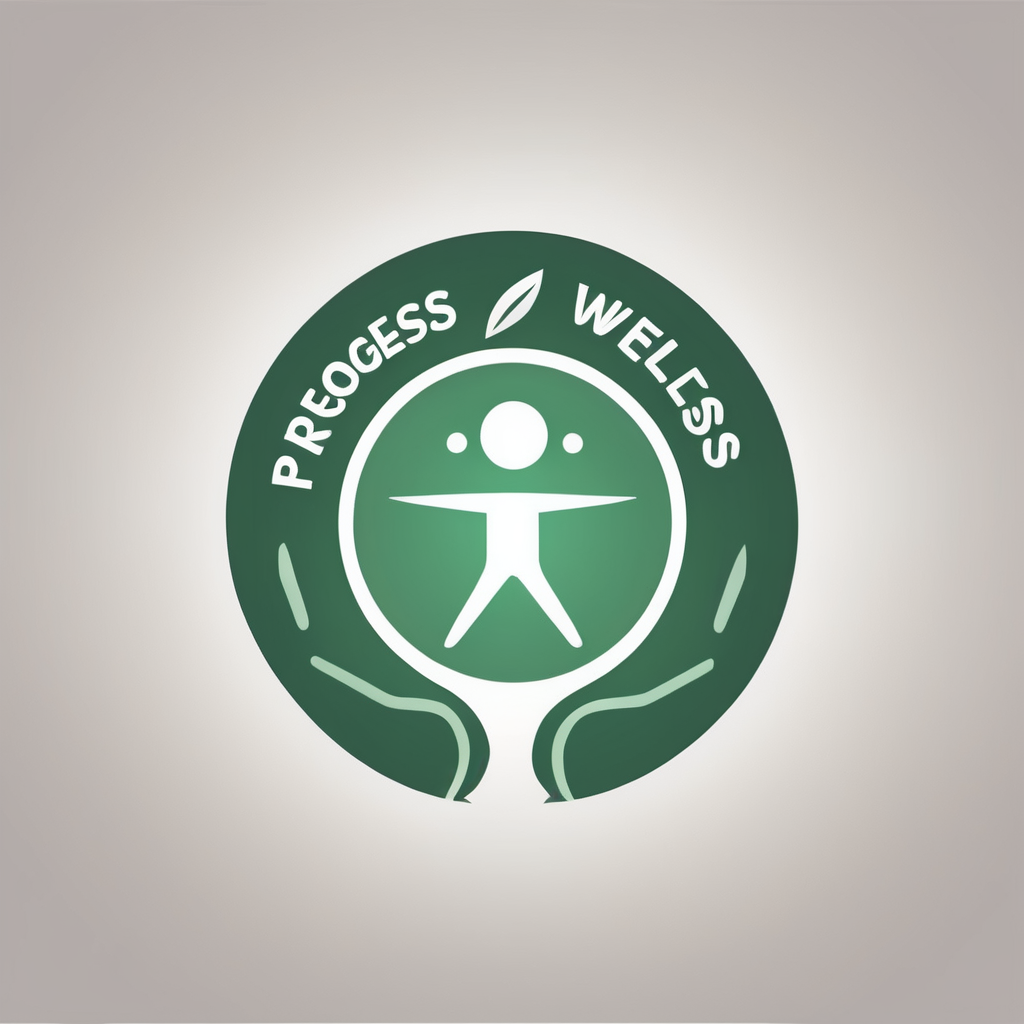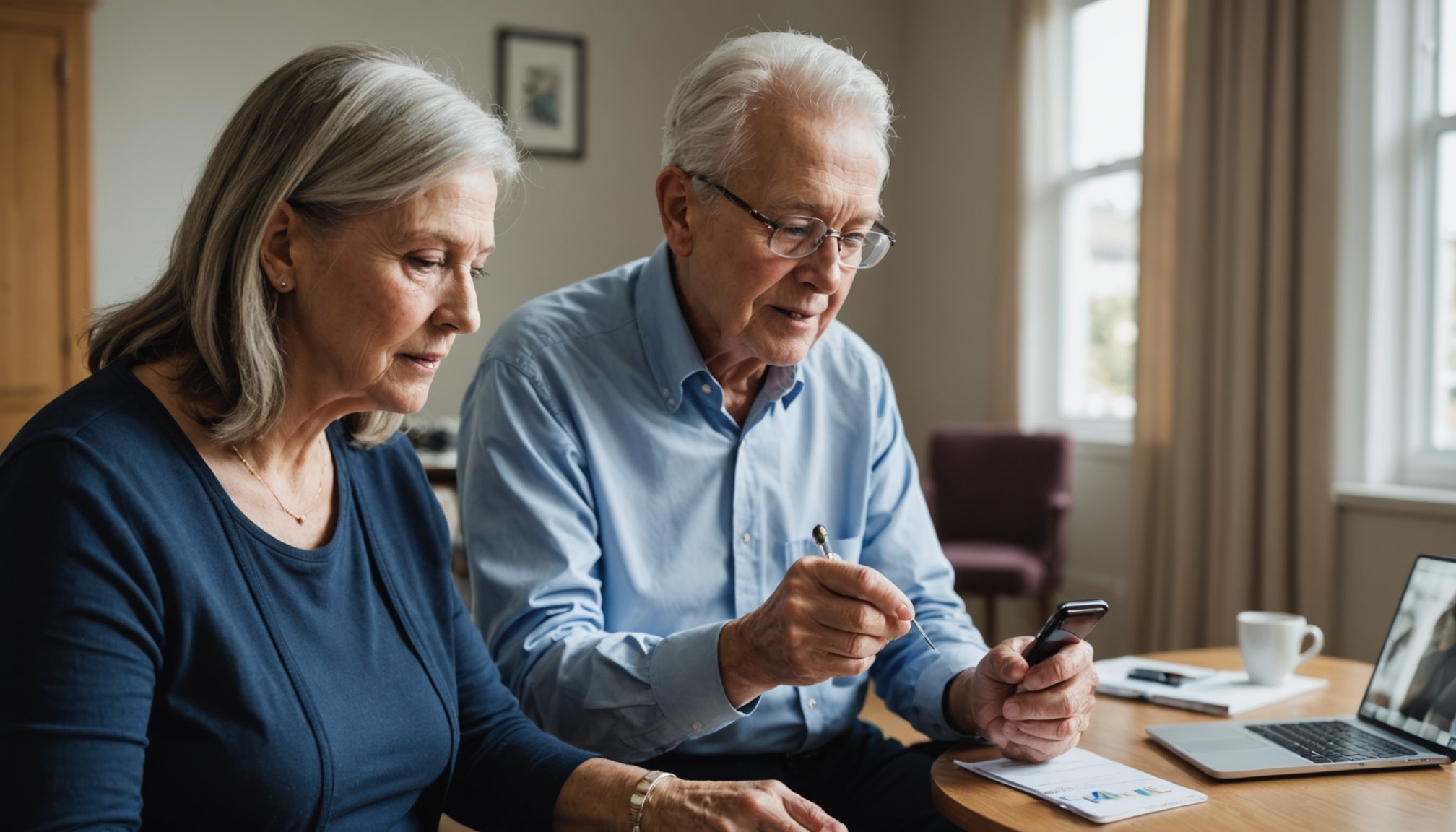With the growing awareness of the dangers associated with opioid use among older adults, finding alternative ways to manage chronic pain has become a critical focus in medical care. For those in their golden years, balancing effective treatment while minimizing health risks is essential. In this article, we delve into various non-pharmacological strategies and treatments that empower older adults to handle chronic pain effectively without the need for medications. Our goal is to provide you with a well-rounded understanding of these methods, ensuring a healthy and active life as you age.
Understanding Chronic Pain in Older Adults
Chronic pain is a complex and persistent condition that affects a significant number of older adults, often complicating their overall health. It is essential to understand the dynamics of chronic pain to manage it effectively.
This might interest you : Empowering Generations: How Grandparents Can Boost Child Development While Prioritizing Their Health
The Nature of Chronic Pain
Chronic pain is defined as pain persisting for more than three months. Unlike acute pain, which signals an immediate issue, chronic pain lingered long after the initial cause might have resolved. In older adults, this pain can stem from conditions like arthritis, neuropathy, or degenerative diseases.
Factors Affecting Pain Perception
Several factors make chronic pain management in older adults a unique challenge:
Also to discover : Key Features to Consider When Choosing Adaptive Clothing for Seniors: A Comprehensive Guide
- Age-related Changes: As the body ages, physiological changes can alter how pain is perceived and processed, making management more complex.
- Comorbidities: Chronic conditions such as diabetes, heart disease, or osteoporosis can exacerbate pain levels.
- Psychological Factors: Anxiety, depression, and past trauma can influence the severity and perception of pain.
The Role of Medications
While medications, including opioids, have traditionally been prescribed to manage pain, they come with significant risks. Over-reliance can lead to dependency, tolerance, and adverse effects such as cognitive impairment and falls. This understanding underscores the importance of exploring alternative methods.
Non-Pharmacological Approaches
By turning to non-medicinal strategies, older adults can find relief without the side effects and potential complications associated with medications. Effective management involves a comprehensive approach that prioritizes the individual’s needs and circumstances.
Alternative Therapies for Pain Management
The quest for alternative therapies to manage chronic pain in the elderly is ever-evolving. From physical therapies to holistic approaches, these methods offer promising results without the dose-dependent risks associated with medications.
Physical Therapy
Physical therapy is an effective avenue for reducing pain and enhancing mobility. Through targeted exercises and manipulations, older adults can strengthen muscles, improve joint function, and boost overall physical health. The personalized nature of physical therapy ensures tailored treatment plans that cater to specific pain conditions.
Cognitive Behavioral Therapy (CBT)
CBT is a psychological treatment that helps older adults reshape their perceptions and responses to pain. By addressing negative thought patterns and promoting positive coping strategies, CBT can significantly alleviate pain and improve quality of life.
Acupuncture
Acupuncture, an ancient technique rooted in traditional Chinese medicine, involves the insertion of fine needles at strategic points on the body. This practice is increasingly recognized for its effectiveness in managing chronic pain, offering an alternative pathway without the need for analgesics.
Mindfulness and Meditation
Mindfulness techniques, including meditation, allow older adults to cultivate awareness and acceptance of their pain. These practices can decrease the overall perception of pain, reduce stress, and enhance emotional well-being.
Cross-Referencing Studies
Several scholar studies and DOI references, such as PubMed articles, validate the efficacy of these alternative therapies. These studies highlight the success of using a combination of approaches tailored to individual needs, leading to a more holistic management plan.
The Role of Lifestyle Modifications
Lifestyle changes can play a significant role in managing chronic pain among older adults. Adjustments in diet, activity level, and daily habits can lead to significant improvements in pain levels and overall well-being.
Nutritional Adjustments
A balanced diet rich in anti-inflammatory foods such as fruits, vegetables, lean proteins, and whole grains can positively impact pain levels. Reducing the intake of processed foods, sugar, and unhealthy fats is equally crucial. Studies have shown that maintaining a healthy weight can decrease pressure on joints and reduce pain.
Regular Physical Activity
Incorporating regular physical activity into daily routines is vital for pain management. Activities such as walking, swimming, and yoga can improve cardiovascular health, strengthen muscles, and increase flexibility—all of which contribute to pain reduction.
Sleep Hygiene
Quality sleep is crucial in pain management. Establishing a healthy sleep routine can help regulate mood, reduce stress, and mitigate pain symptoms. Techniques like setting a regular sleep schedule and creating a restful environment are beneficial.
Importance of Social Connections
Maintaining a strong support network is invaluable for emotional well-being, which directly impacts pain perception. Engaging in social activities and nurturing relationships can provide emotional support and distraction from pain.
Risks and Considerations
While lifestyle changes offer numerous benefits, certain precautions must be taken. Older adults should consult healthcare providers before embarking on new fitness routines or dietary changes to ensure their safety and suitability.
The Future of Pain Management in Older Adults
As research on pain management continues to evolve, the future holds promising developments for older adults seeking alternatives to medication. Innovations in technology and a deeper understanding of pain mechanisms offer new frontiers in treatment.
Technological Advances
Emerging technologies such as wearable devices and telemedicine platforms provide novel ways to track pain patterns and monitor treatment progress. These innovations enable healthcare providers to tailor interventions more accurately, improving outcomes for older adults.
Personalized Medicine
With the advancement of precision medicine, treatments can be customized based on genetic makeup and individual health profiles. This approach enhances the effectiveness of pain management strategies while minimizing side effects.
Integrating Multidisciplinary Approaches
Combining expertise from various fields—physical therapy, mental health, nutrition, and technology—can lead to comprehensive pain management plans. This collaborative approach ensures that every aspect of the individual’s health is considered.
Education and Awareness
Increasing awareness about non-pharmacological pain management options is vital. Both healthcare providers and patients need to be informed about the benefits and limitations of these treatments to make informed decisions.
Ongoing Research
The continuous support for research studies, prominently published in PubMed and other scholarly journals, is crucial. These studies provide valuable insights into the mechanisms of pain and the efficacy of various treatments, shaping the future of pain management.
Managing chronic pain without relying on medication is not only possible but also essential for the well-being of older adults. By adopting a comprehensive approach that includes alternative therapies, lifestyle modifications, and technological innovations, older adults can effectively manage pain while minimizing health risks. As the understanding of chronic pain continues to evolve, so too will the strategies available for managing it. This journey requires a commitment to education, collaboration, and continuous adaptation, ensuring a future where pain management is both effective and empowering for older adults.

